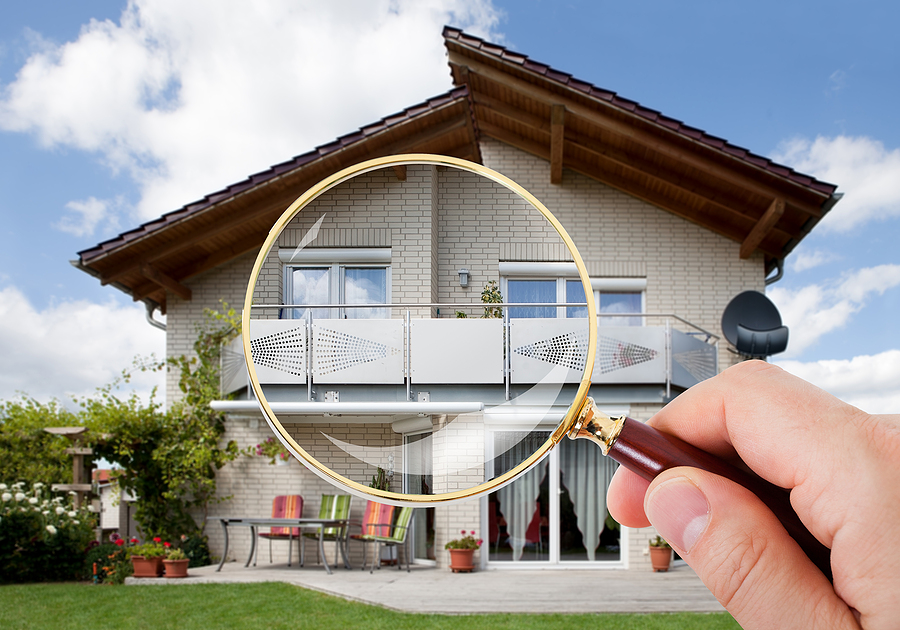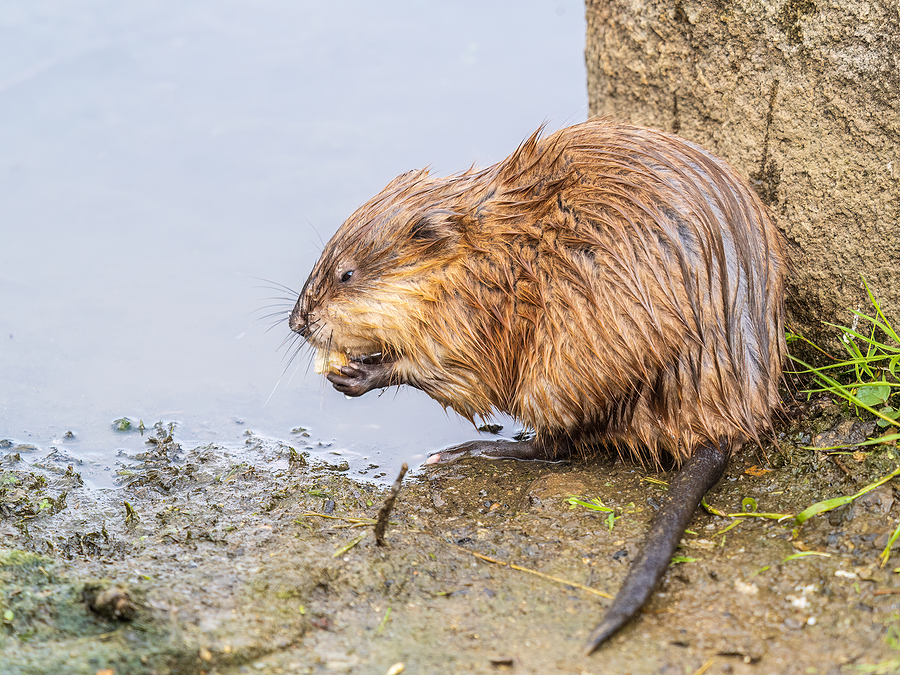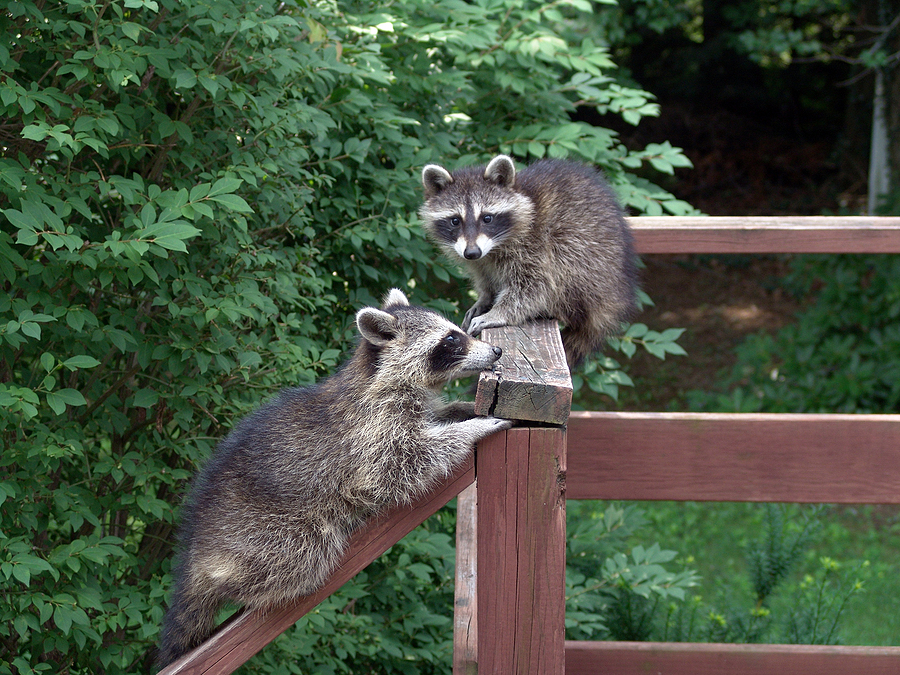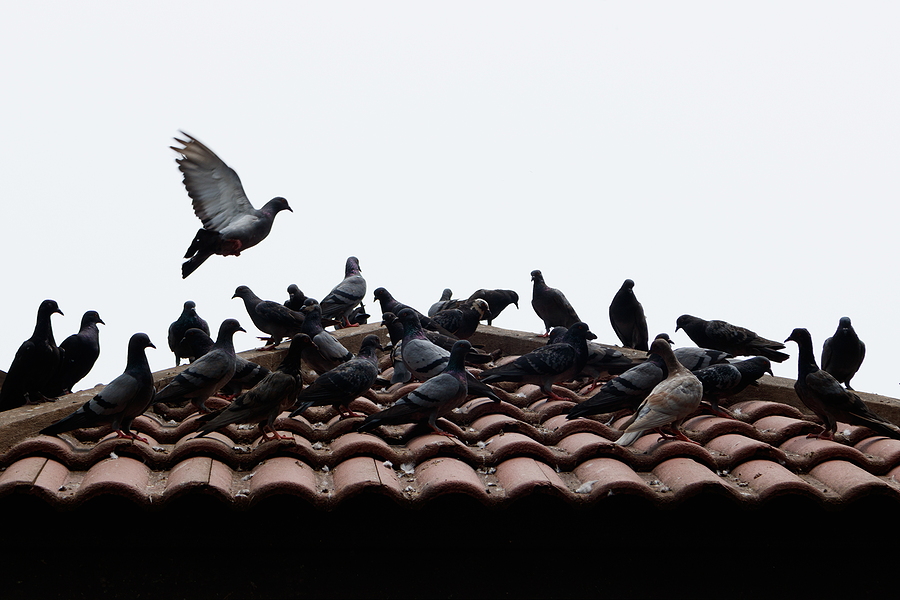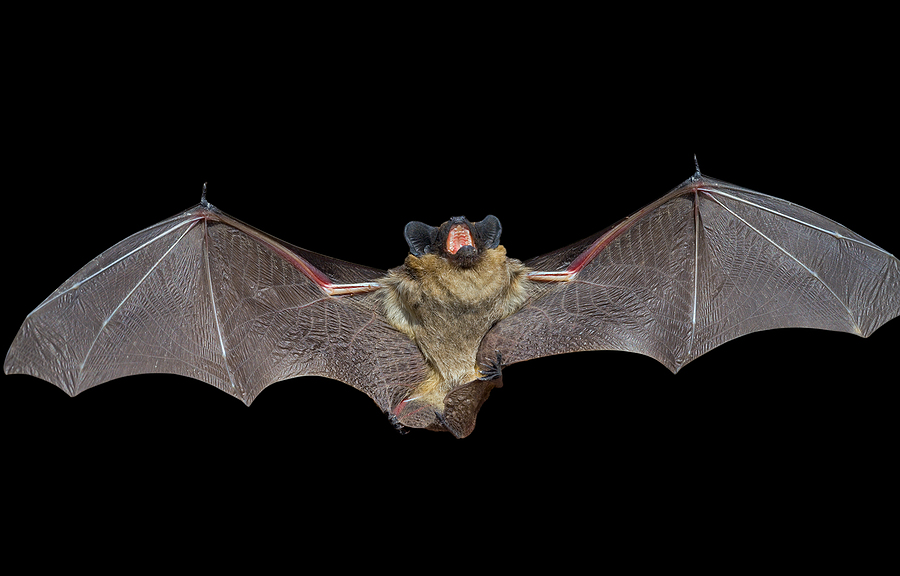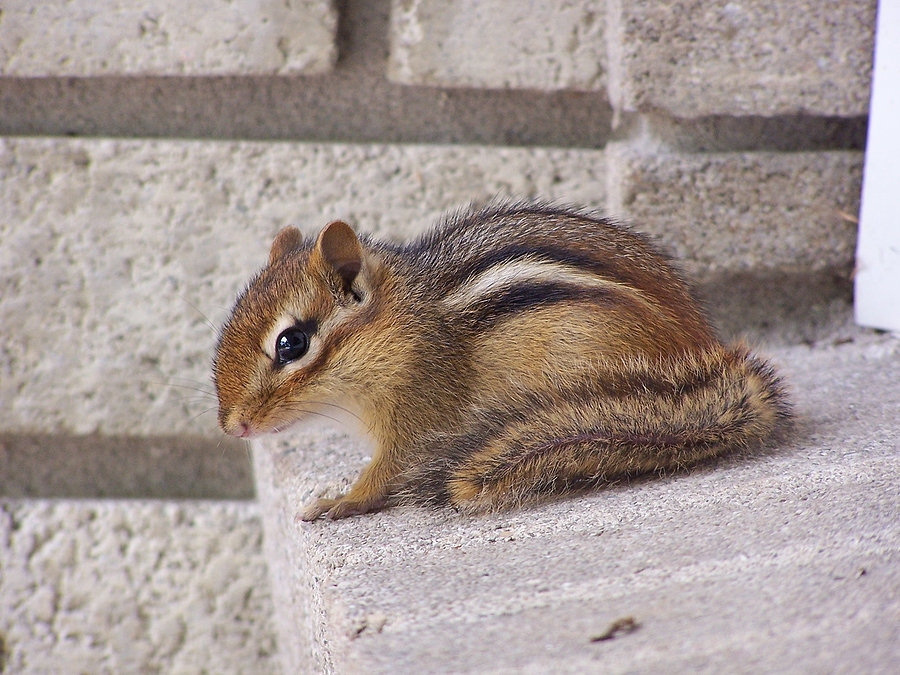Foxes, with their cunning charm and bushy tails, have long been a topic of intrigue for homeowners and gardeners alike. While they are fascinating creatures, understanding fox behavior is crucial to managing potential conflicts with these clever animals. Whether you live in a suburban area or enjoy nurturing a lush garden, knowing how to coexist peacefully with foxes while keeping your property safe is paramount. This guide will help you explore the intricacies of fox behavior and provide you with practical tips on effective fox control.
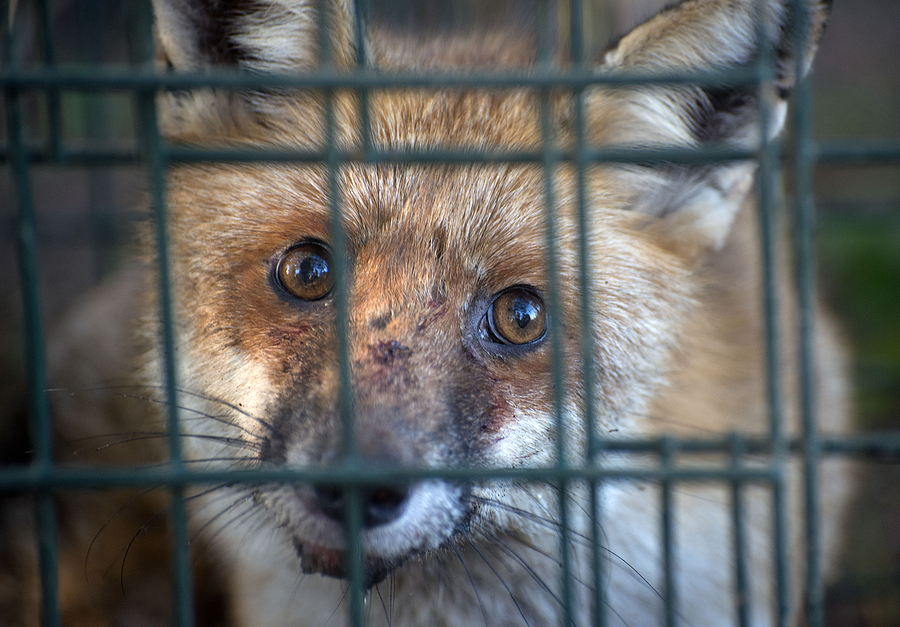
Common Fox Behaviors
Nocturnal Habits and Human Interaction
Foxes are primarily nocturnal creatures, which means they are most active during the night. This nocturnal lifestyle often leads to interactions with humans being limited to the late hours. Homeowners might hear rustling sounds in their gardens or spot a fox darting across the yard under the moonlight. Understanding this behavior can help you anticipate when and where you might encounter these elusive animals.
These nocturnal habits also mean that any attempts to deter or control foxes should be planned with their active hours in mind. Installing lights or using noise-based deterrents at night can be more effective compared to daytime measures. By aligning your strategies with their natural rhythms, you increase the chances of successfully managing fox presence on your property.
Despite their night-time activity pattern, foxes are adaptable and can adjust their behavior in response to human activity. If they find a reliable food source or shelter, they may become more bold and visible, even during the daytime. Therefore, it’s important to be vigilant and observe any changes in fox behavior that might occur around your home or garden.
Diet Preferences and Garden Impact
Foxes are omnivores, which means they eat a variety of foods ranging from small mammals and birds to fruits and vegetables. This diverse diet can sometimes lead to problems for gardeners who find their carefully tended plants nibbled or dug up by these curious creatures. Understanding what foxes eat can help you take preventive measures to protect your garden.
To mitigate garden damage, consider installing secure barriers around fruit-bearing plants and vegetable patches. Foxes are often drawn to easy food sources, so making it difficult for them to access your garden’s bounty can discourage their visits. Additionally, keeping pet food indoors and securing trash bins can reduce the attractiveness of your property as a feeding ground for foxes.
Foxes’ dietary habits also mean they can inadvertently help control pests in your garden. By preying on rodents and insects, they contribute to a balanced ecosystem. Recognizing this positive aspect of their presence can encourage you to find ways to coexist with foxes without resorting to extreme measures.
Territorial Behavior and Recognizing Dens
Foxes are territorial animals, and they establish specific areas as their “home range.” This territorial behavior can lead to foxes returning to the same spots repeatedly, making it challenging to keep them away from certain areas of your property. Recognizing signs of a fox den can help you identify their preferred locations and take appropriate action.
Fox dens are typically located in quiet, undisturbed areas such as under sheds, decks, or thick shrubs. Look for signs like paw prints, discarded food, or tracks leading to a secluded spot. If you suspect a den is nearby, it’s important to avoid disturbing or blocking it. Instead, focus on deterring foxes from your property using non-invasive methods.
By understanding their territorial nature, you can implement effective fox control strategies that respect their natural habitat while safeguarding your property. Identifying dens and taking measures to discourage foxes from setting up camp can help ensure a peaceful coexistence.
Effective Fox Control Methods
Non-Lethal Deterrents
When it comes to getting rid of foxes, non-lethal deterrents are often the first line of defense. These humane methods aim to discourage foxes from entering your property without causing them harm. Noise and light deterrents are popular options that can effectively drive foxes away.
Motion-activated lights, sprinklers, or sound devices can startle foxes and make them think twice about frequenting your garden. These deterrents work best when strategically placed near potential entry points or areas where foxes are known to visit. Consistency is key, so ensure these devices are active during the times when foxes are most likely to appear.
It’s important to rotate or change deterrents periodically, as foxes are intelligent animals and can quickly adapt to static deterrent methods. By keeping your approach dynamic, you can maintain its effectiveness over time.
Fencing and Physical Barriers
Physical barriers are another valuable tool in fox control, especially for protecting specific areas like gardens or chicken coops. A well-constructed fence can create a strong physical barrier that prevents foxes from accessing vulnerable spots on your property.
When building a fence, consider using sturdy materials that are difficult for foxes to dig under or climb over. Burying the base of the fence a few inches into the ground can prevent foxes from tunneling beneath it. Additionally, installing a mesh or wire at an outward angle along the top of the fence can deter climbing.
Regularly inspect your fences for any signs of wear or damage, as foxes are persistent and may exploit weak points. By maintaining your physical barriers, you can effectively limit fox access to key areas on your property.
Non-Lethal Fox Repellents
In addition to physical barriers, various non-toxic repellents can help keep foxes at a distance. These products are designed to make your property less appealing to foxes by using scents or tastes that they find unpleasant. Commercially available fox repellents often contain natural ingredients like predator urine or spicy substances.
Applying repellents to garden beds, around entry points, and along fences can create an additional layer of protection. It’s essential to follow the manufacturer’s instructions when using these products to ensure their effectiveness and safety for pets and humans.
For those who prefer a DIY approach, consider making your own repellent using ingredients like vinegar, garlic, or chili peppers. While these homemade solutions may require more frequent application, they can be a budget-friendly option for deterring foxes.
Professional Removal Services and Legalities
In cases where foxes become a persistent nuisance or pose significant threats to property or safety, seeking professional fox removal services may be necessary. Wildlife control companies specialize in humane and legal methods for safely removing nuisance foxes from residential areas.
Professional animal removal is particularly important if foxes have established dens in inaccessible or hazardous locations. Attempting to move foxes without proper knowledge and equipment can be dangerous and may violate local wildlife regulations.
Before hiring a wildlife control company, research their methods and credentials to ensure they adhere to ethical and legal standards. Professional assistance can provide peace of mind and help resolve complex fox problems effectively.
Balancing Wildlife Conservation and Home Safety
The Importance of Coexistence with Wildlife
While it’s essential to protect your property, it’s equally important to appreciate and respect wildlife, including foxes. Coexisting with foxes can be part of a broader commitment to environmental conservation and biodiversity preservation.
By understanding fox behavior and implementing humane deterrents, homeowners and gardeners can strike a balance between safeguarding their homes and allowing wildlife to thrive. Encouraging natural ecosystems around your property can benefit both humans and animals.
Educating neighbors and community members about the importance of coexistence can foster a collective effort to protect local wildlife while addressing nuisance fox issues. Sharing information on effective deterrents and responsible practices can contribute to harmonious living with our wild neighbors.
Tips for Securing Homes and Gardens Without Harm
Creating a fox-friendly environment doesn’t mean compromising safety. There are several steps you can take to secure your home and garden without harming foxes or other wildlife.
Start by reevaluating your landscaping and removing potential food sources like fallen fruits, pet food, or unsecured trash. Trimming back dense vegetation can eliminate hiding spots and make your property less attractive to foxes seeking shelter.
Installing motion-activated lights or audible alarm systems can help deter foxes without causing harm. Investing in secure fencing and using repellents judiciously can further reinforce the safety of your property while allowing wildlife to roam freely beyond your boundaries.
When to Seek Professional Advice and Assistance
While many fox control measures can be implemented independently, there are situations where professional guidance is advisable. If you encounter persistent or aggressive foxes, or if they pose a risk to human safety or property, consulting a wildlife control expert is a prudent step.
Professional advice can help assess fox behavior, identify potential hazards, and recommend appropriate strategies for resolution. Experts can also provide insights into local wildlife regulations, ensuring that any actions taken comply with legal requirements.
By recognizing the significance of professional assistance when needed, homeowners and gardeners can ensure the well-being of both their properties and the foxes that share their environment.
Conclusion
Understanding fox behavior is crucial for homeowners and gardeners looking to manage potential conflicts with these fascinating creatures. By exploring their nocturnal habits, diet preferences, and territorial tendencies, you can anticipate interactions and implement effective fox control strategies.
Non-lethal deterrents, fencing, and repellents offer humane ways to protect your property, while professional removal services provide practical solutions for complex situations. It’s important to balance home safety with respect for wildlife, fostering coexistence and conservation.
Remember, foxes play a valuable role in ecosystems, contributing to natural pest control and biodiversity. By implementing the tips and insights shared in this guide, you can create a safe environment for your home and garden while appreciating the presence of wildlife.
Dealing with problematic foxes around your home or business? We can help. Contact Budget Animal Removal at 317-875-3099 for DNR licensed and insured fox removal and control services in Indianapolis and its surrounding counties. We guarantee to fit your budget for safe wildlife control. Request a free estimate or advice, today!
Related Posts:
Fox Control Services: An Essential Aspect of Wildlife Management
How to Deter Foxes from Your Property
This Odd Critter Control Ingredient Will Get Rid of Foxes


